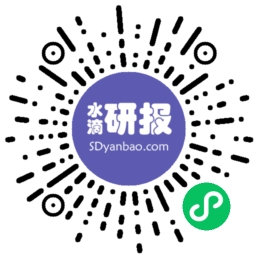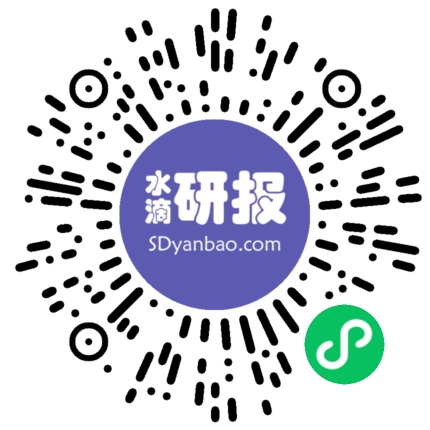芯片眼镜:面向未来 AI 眼镜的下一代低功耗技术 -玻璃中的芯片 用于未来 铝基玻璃的新一代低功耗 技术
M IdeaGreater China Semiconductors | Asia PacificChips in Glasses: Next-generation low-power technology for future AI glasses Morgan Stanley Taiwan Limited+Charlie ChanEquity Analyst Charlie.Chan@morganstanley.com +886 2 2730-1725 Daniel Yen, CFAEquity Analyst Daniel.Yen@morganstanley.com +886 2 2730-2863 Morgan Stanley Asia Limited+Daisy Dai, CFAEquity Analyst Daisy.Dai@morganstanley.com +852 2848-7310 Morgan Stanley Taiwan Limited+Tiffany YehEquity Analyst Tiffany.Yeh@morganstanley.com +886 2 7712-3032 Lucas WangResearch Associate Lucas.Wang@morganstanley.com +886 2 2730-2875 Morgan Stanley Asia Limited+Ethan JiaResearch Associate Ethan.Jia@morganstanley.com +852 3963-2287 Greater China Technology SemiconductorsAsia PacificIndustry ViewAttractiveMeta Ray-Ban Display AI+AR glasses demonstrate micro projectors' potential. We reiterate OW on both Himax and OmniVision. MEMS thermal and lower power LCoS will be key trends to watch.The long-awaited AI+AR glasses from Meta (covered by Brian Nowak) finally debuted: At Connect 2025, the company introduced Ray-Ban Meta Display. Consistent with our prior supply chain checks (see Chips in Glasses: China brand AI glasses, WOW...), the device uses a monocular full-color LCoS+array-waveguide display solution. LCoS, featuring Omnivision OP03011, delivers 600×600 resolution at 90 Hz with a 20° FOV and 42 PPD, and peak brightness reaches 5000 nits for outdoor readability. The array waveguide, rather than the mainstream diffractive waveguide, offers superior optical efficiency and is supplied by Lumus. Since eye-tracking is absent, interaction relies on a neural band; gesture control proved glitchy during the keynote. Other components mirror previous Meta-Essilor collaborations. Surprisingly, Meta claims six hours of battery life for Ray-Ban Meta Display, far exceeding the 45 minutes of its prototype, Orion.Can battery life or performance further improve? The thermal and low-power technology from chip vendors will be key: From both SEMICON Taiwan and our recent AI Forums, we identified low-power technology as key for future AI glasses. 1) MEMS thermal: The start-up xMEMS, which is TSMC’s 8-inch specialty 0.13um process customer, demoed the cooling technology for wearable devices. 2) Front-lit LCoS: Himax’s new product 0.17-inch dual-edge illumination Front-lit LCoS display module shall sample out soon, and is gaining traction from major glasses brands. Compared to the previous version, this display module achieves a volume of only 0.09 c.c. and a weight of just 0.21 grams (excluding the lens).More to come for AI+AR glasses: We have seen many Chinese brands' AI+AR glasses launched recently (i.e. Alibaba's WoW Quark among others). And in the US, Google has also unveiled its roadmap towards retail launch of “Project Aura” AR eyewear in 1Q26 (link). Amazon is also preparing a consumer-directed pair for late 2026/early 2027, according to Reuters. The
芯片眼镜:面向未来 AI 眼镜的下一代低功耗技术 -玻璃中的芯片 用于未来 铝基玻璃的新一代低功耗 技术,点击即可下载。报告格式为PDF,大小2.21M,页数16页,欢迎下载。









